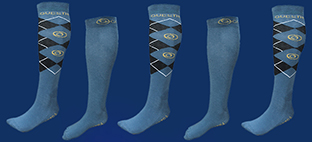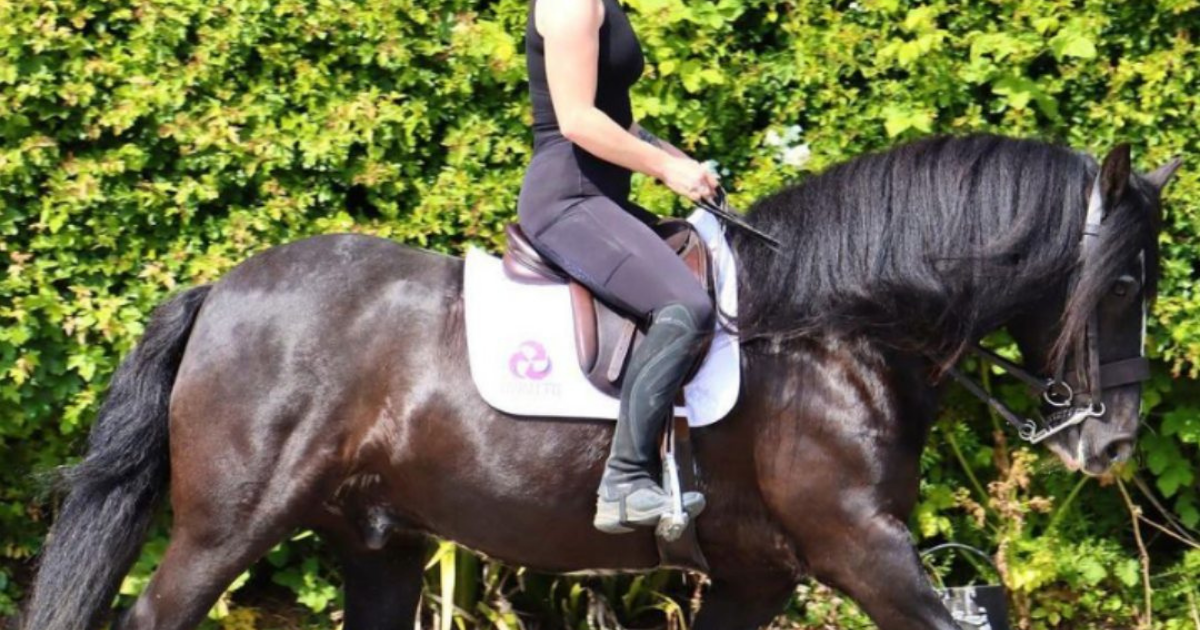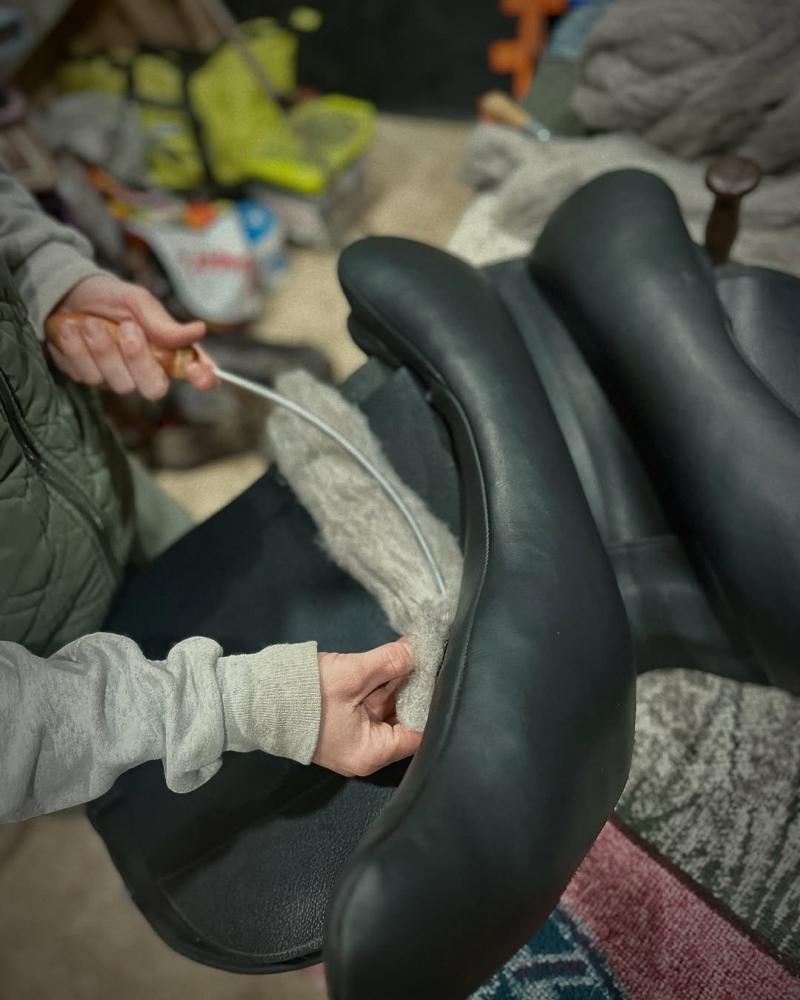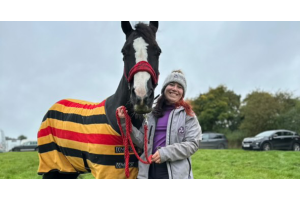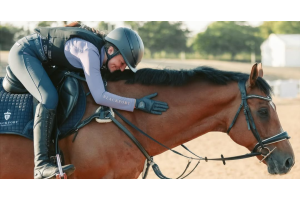Signs Your Saddle Doesn’t Fit (and How to Fix It)
Signs Your Saddle Doesn’t Fit (and How to Fix It)
Every rider wants their horse to move freely, comfortably, and confidently under saddle. But even the most beautifully crafted tack can cause discomfort if it doesn’t fit correctly. Understanding the signs of saddle fit problems early can make all the difference — preventing horse back pain tack issues, improving performance, and strengthening the bond between you and your horse.
At Cavaletti Collection, we know that saddle fit can feel like a mystery at times. That’s why we’ve created this guide to help you spot the warning signs and take positive steps to restore comfort — for both horse and rider.
Why Saddle Fit Matters
A well-fitting saddle allows your horse to lift through their back, move symmetrically, and build the correct muscle over time. When poor saddle fit occurs, it can pinch, slide, or create uneven pressure points. These small imbalances lead to stiffness, soreness, and behavioural changes that can be mistaken for training issues.
Our saddle fitting tips UK are designed to help you identify these subtle signs early, so you can make adjustments before discomfort becomes a long-term problem.
Common Signs of Saddle Fit Problems
Here are some of the most frequent indicators your saddle might not be sitting as it should:
1. Changes in Behaviour or Performance
If your usually forward-going horse suddenly becomes resistant, hollow-backed, or unwilling to canter, poor fit could be to blame. Some horses might pin their ears, swish their tails, or even try to move away when you approach with the saddle. These are all potential red flags of saddle fit problems.
2. Uneven Sweat Marks
After a ride, check your horse’s back for consistent sweat patterns. Dry patches or uneven marks can point to areas where pressure is either too light or too heavy — both signs of horse back pain tack related issues.
3. White Hairs, Rubs, or Swelling
Repeated friction from poor saddle fit can cause white hairs or even small swellings along the back or withers. This happens when the panels don’t distribute weight evenly, often a result of bridging or tightness across the shoulders.
4. Saddle Movement or Instability
A saddle that slides forward, tips to one side, or bounces during movement likely doesn’t match your horse’s back shape. Over time, this instability can lead to saddle fit problems and discomfort for both of you.
5. Muscle Atrophy or Uneven Development
When your horse starts to lose topline muscle behind the shoulder or develops hollows along the spine, it may indicate chronic pressure points. Addressing these early with professional guidance and saddle fitting tips UK can prevent lasting damage.
How to Fix It — Practical Saddle Fitting Tips UK Riders Swear By
If you’ve spotted any of the signs above, don’t panic — the good news is that most saddle fit problems can be corrected with the right approach.
1. Check Balance and Position
Start with your saddle’s balance. When viewed from the side, it should sit level, neither tipping forward onto the withers nor dropping behind the cantle. The deepest point should allow you to sit in natural alignment with your horse’s centre of gravity.
2. Assess Panel and Gullet Clearance
You should be able to slide your hand easily under the panels from front to back, feeling even pressure throughout. There should also be sufficient clearance over the withers — both statically and when your horse is moving.
3. Consider Using an Adjustable Solution
Sometimes, seasonal weight changes or muscle development mean your saddle’s fit fluctuates. That’s where adjustable solutions like our Cavaletti Saddles and Adjusta Pad range can make a world of difference. The Adjusta Pad allows subtle changes to achieve better symmetry and comfort — an ideal option for growing, developing, or changing horses.
4. Work With a Qualified Fitter
Every horse’s back is unique, so professional assessment is invaluable. Regular checks — at least twice a year — ensure your saddle continues to complement your horse’s condition and workload. Many UK riders also benefit from asking us for help when uncertain; we’re always happy to advise or point you toward trusted fitters in your area.
5. Monitor Changes After Adjustment
Once you’ve made changes, ride consistently for a few weeks, observing how your horse moves and behaves. Look for improvements in softness, willingness, and straightness. Keep records of your horse’s shape and responses — it’s one of the most overlooked yet effective saddle fitting tips UK riders can follow.
When to Seek Further Guidance
Sometimes the root cause of horse back pain tack issues goes beyond the saddle itself — things like dental problems, asymmetrical muscling, or rider imbalance can all play a role. If your horse’s discomfort persists even after fitting adjustments, it’s worth involving your vet, physio, or trusted saddle fitter to investigate further.
Remember, asking us for help early can prevent ongoing discomfort and support your horse’s wellbeing in the long run. You can easily find a trusted Cavaletti fitter near you through our store locator.
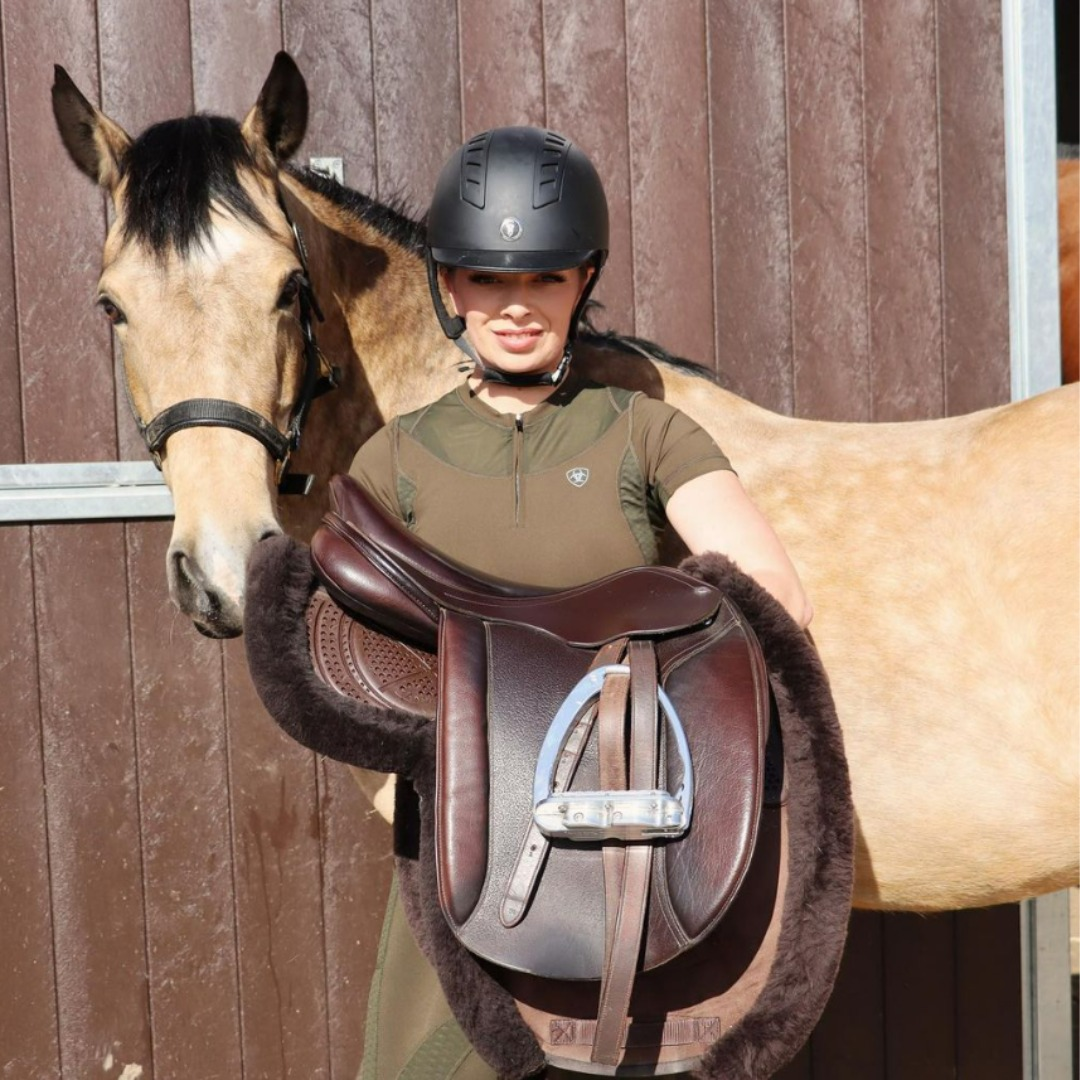
Supporting You and Your Horse
At Cavaletti Collection, we believe every horse deserves comfort and freedom to move. That’s why our saddles are designed with adjustable features and supportive technology to help minimise saddle fit problems. Combined with our range of pads and accessories, we make it easier for riders to keep their horses happy, healthy, and performing at their best.
Our team is always here for guidance — whether you’re looking for expert saddle fitting tips UK or simply asking us for help with your horse’s comfort. Because when your horse feels good, everything about your ride improves.
Image Credit: @humphreyhorses
Final Thought
Your saddle is one of the most important connections between you and your horse. By recognising the signs of poor saddle fit early and taking thoughtful steps to address them, you protect your horse’s wellbeing and enhance your partnership in every stride.
Explore the Cavaletti difference today — where craftsmanship meets comfort, and your horse’s happiness always comes first.

